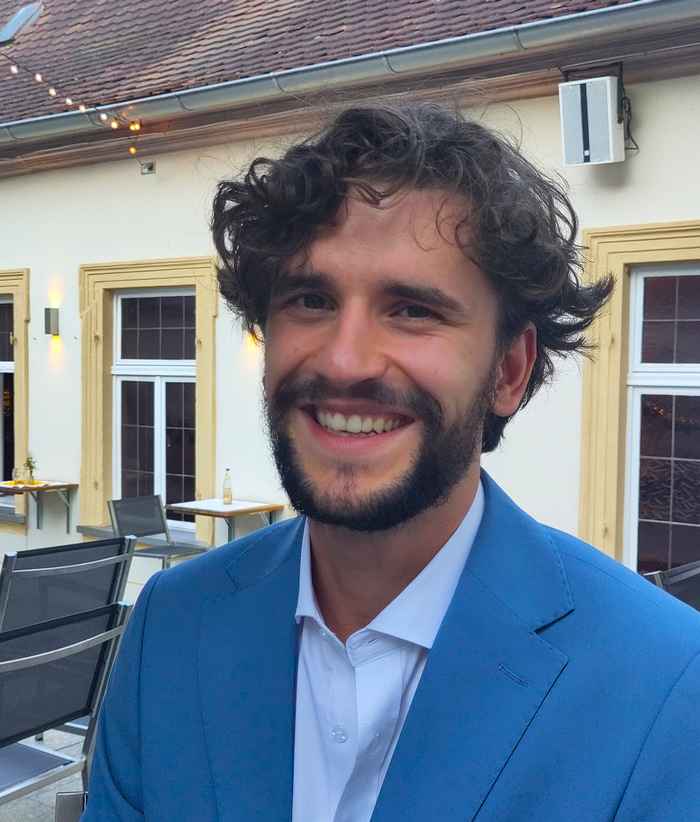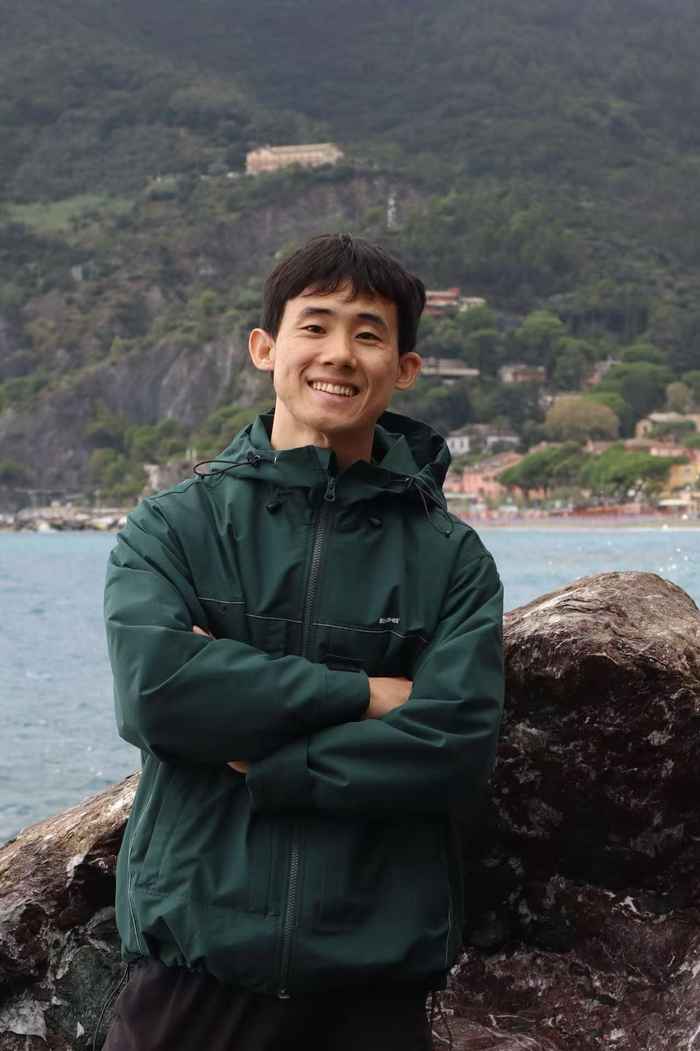PhD Mobility Scholarships Awarded
Three new PhD Mobility Programmes were awarded as a result of the 11th round in 2025.

Bas Kreupeling from the group of Francesco Buda and Jeroen Codée (UL), will visit Dr. Damien Laage at the Ecole Normale Supérieure, France.
Visit: 2,5 months
My research focuses on using computational methods to study chemical glycosylation reactions, which are essential for synthesizing complex carbohydrates. These molecules play crucial roles in biology and are vital for health and disease research. Since carbohydrates are structurally diverse and difficult to obtain naturally, synthetic production is key, but glycosylation reactions are highly complex and poorly understood. This project is focussed on computationally investigating these reactions and analyse how specific glycosidic linkages are formed. Unfortunately, many challenges arise due to high free energy barriers and the slow pace of DFT molecular dynamics. We aim to overcome these issues with the use of Machine Learning Potentials (MLPs), which are models that can reproduce the energies and forces of accurate DFT simulations for a fraction of the computational effort.
The goal of my visit is to learn and apply the ArcaNN framework developed by Damien Laage and his coworkers—a recently developed tool that automates the generation of high-quality training datasets for reactive MLPs using concurrent learning and enhanced sampling to accurately describe the entire reaction pathway. Once the MLP is accurate enough, we will simulate the glycosylation reaction using state-of-the-art enhanced sampling techniques and obtain the free energy barriers and minimum free energy paths of the glycosylation reaction. Moreover, Transition Path Sampling simulations will allow us to understand the whole reaction mechanism with unforeseen accuracy. Finally, we repeat the same procedure for different, but closely related, glycosylation reactions in a systematic manner in which we change one structural variable at the time to correlate the computational structure-reactivity relationships to experimental data obtained in Leiden in the group of Prof. Codée.

Jinwen Liu from the group of Marc Koper and Katharina Doblhoff-Dier (UL), will visit Dr. Frank Abild-Pedersen at SLAC National Accelerator Laboratory, USA.
Visit: 4 months
The electrochemical double layer (EDL) is the interfacial region between an electrode and an electrolyte, where charge separation and electrochemical reactions occur. Understanding the structure of the EDL is essential for uncovering how the local reaction environment influences reaction kinetics, and for guiding the design of more efficient electrochemical interfaces.
My PhD project focuses on the theoretical investigation of EDL structure and its impact on electrocatalytic reaction kinetics. Over the past two and a half years, I have explored the effects of surface heterogeneity (such as atomic steps and roughness), adsorbates, and cations on the EDL using a combination of density functional theory (DFT) calculations, ab initio molecular dynamics (AIMD) simulations, and continuum models. Building on these studies, I aim to further investigate how these factors affect electrocatalytic reactivity, particularly in relation to the hydrogen evolution reaction (HER), which plays a key role in advancing electrolyzer technologies.
The research group of Dr. Abild-Pedersen is renowned for its expertise in theoretical modeling of (electro)catalytic reactions, and has extensive experience in investigating the effect of surface facets and adsorbates on the electrocatalytic activity and selectivity. In addition, Dr. Abild-Pedersen is an expert in various advanced methods for studying electrocatalytic reaction kinetics, such as microkinetic model and kinetic Monte Carlo simulations. This visit will provide me with valuable training and exposure to state-of-the-art computational techniques that are critical for advancing my research.

Maartje van Rijn from the group of Sonja Pullen and Joost Reek (UvA), will visit Prof. Dr. Victor Mougel at Department of Chemistry, ETH Zürich, Switzerland.
Visit: 2 months
Awarded by the John van Geuns Fund
Electrocatalytic CO2 reduction with heterogenized, molecular catalysts in the presence of amine capturing agents
CO2 capture and electrochemical conversion from dilute sources is a sustainable and circular process to produce carbon-based chemicals. Concentrating dilute CO2 can be achieved with amine based capturing agents, which have been reported in combination with homogeneous catalysts in solution. The amines can have a range of effects on the catalysis, depending on how they bind CO2, interact with the protic environment and with the catalyst. This exchange project sets out to investigate the molecular catalysts, heterogenized on a surface, and the effects of the amine CO2 capturing agents on the catalytic activity and product distribution. We will immobilize molecular complexes on conductive, inert carbon-based electrodes using non-covalent interactions. Fabrication, characterization and investigation of the envisioned electrodes will be carried out in the lab of professor Mougel. Specifically, the lab has an XPS facility to characterize the electrodes, and ICP-OES to determine the loading of the catalyst on the surface. For Maartje and the Pullen group these techniques are new and offer promising utility and learning opportunities. Furthermore, the Mougel lab has all the necessary equipment to measure the new materials in catalysis. We are excited to start this collaboration and look forward to the opportunities to advance our scientific understanding and contribute novel insights to the field.